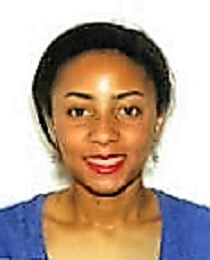Standard Ground Shipping
Most items are processed within 24 hours and are shipped from the warehouse within 48 hours
via 3-7 business day ground delivery service (unless lead-time is otherwise noted on the product page).
Free ground shipping only applies to the 48 contiguous United States. Hawaii, Alaska, Puerto Rico and all
international orders are subject to additional fees.
Orders placed over the weekend will be processed first thing Monday morning.
We will attempt to notify you by email and provide a tracking # when your product(s) ship.
Freight Shipping (Truck Freight)
Heavy items (anything over 150 lbs), bulk-freight, and pallet truck items and custom fabrication
made-to-order items may have longer shipping lead times.
Customer will be notified as soon as Truck-Freight items become available for overland freight shipment
across the 48 contiguous United States.
If you do not have a loading-dock, be sure to choose lift-gate as your delivery option when
purchasing an overland-freight truck item.
Free Freight Shipping, when applicable, only applies to the 48 contiguous United States.
Hawaii, Alaska, Puerto Rico and all international orders are subject to additional fees.
 I credit my father with my interest in healthcare. He's an occupational therapist who visits his patients in their homes. Many of his patients are children, and when my sister and I were younger, he would take us to work with him. We would travel with our father from house to house, watching as he gently cared for kids our own age with various disabilities, assisting them with therapeutic exercises and tasks. It was during these trips to work with our father that my sister and I learned not only about the importance of proper medical care but also about things that helped expel from our thoughts misconceptions about individuals with disabilities that many children harbor.
I credit my father with my interest in healthcare. He's an occupational therapist who visits his patients in their homes. Many of his patients are children, and when my sister and I were younger, he would take us to work with him. We would travel with our father from house to house, watching as he gently cared for kids our own age with various disabilities, assisting them with therapeutic exercises and tasks. It was during these trips to work with our father that my sister and I learned not only about the importance of proper medical care but also about things that helped expel from our thoughts misconceptions about individuals with disabilities that many children harbor.